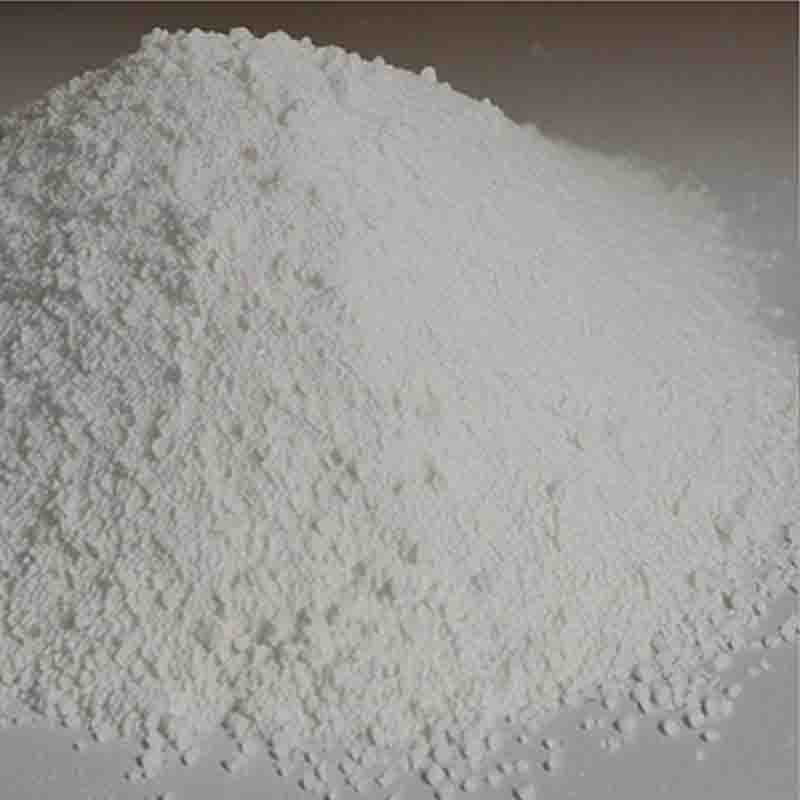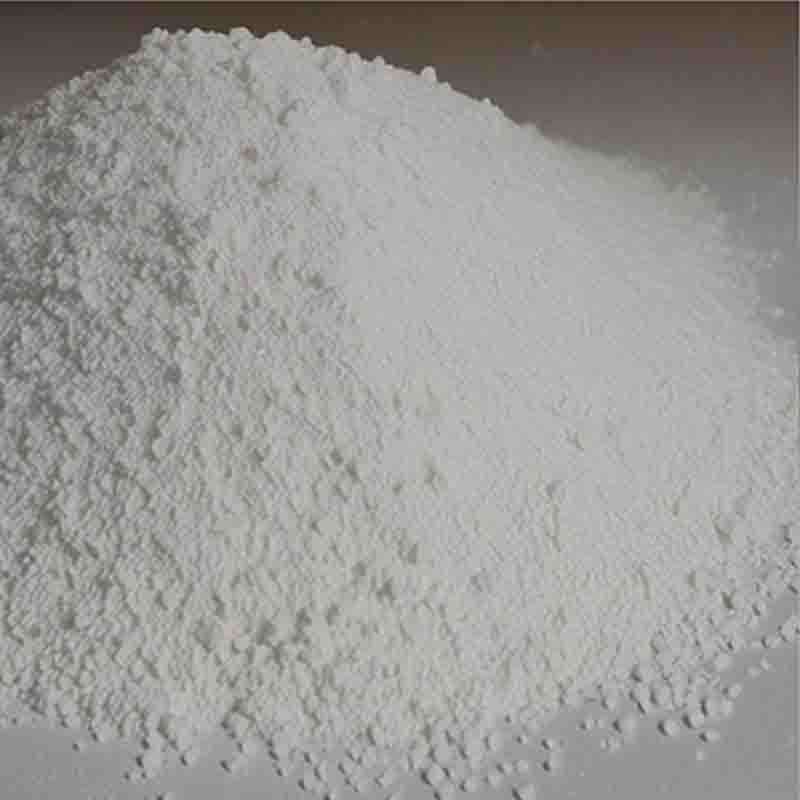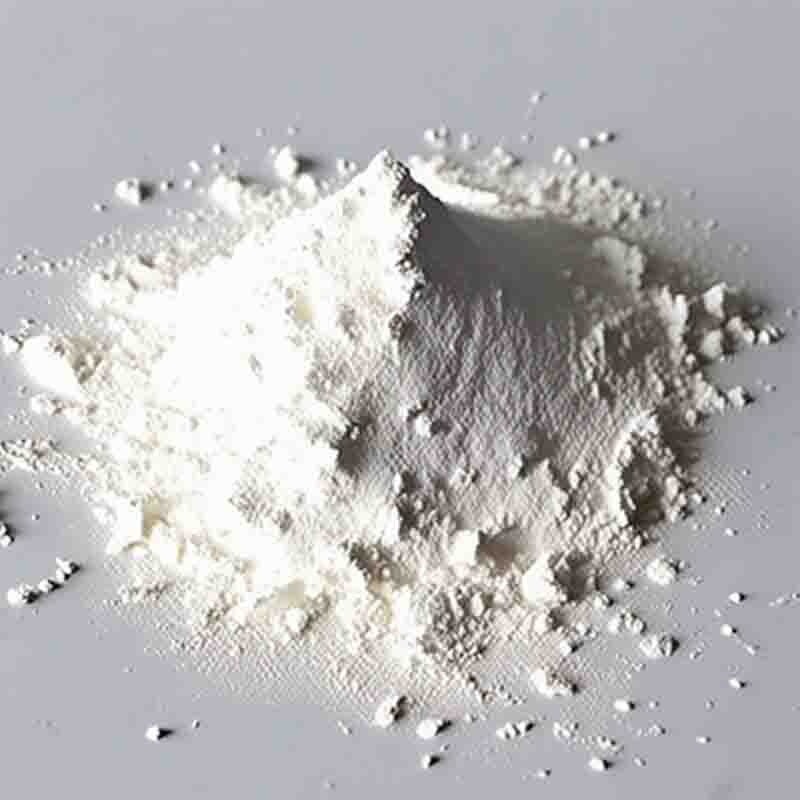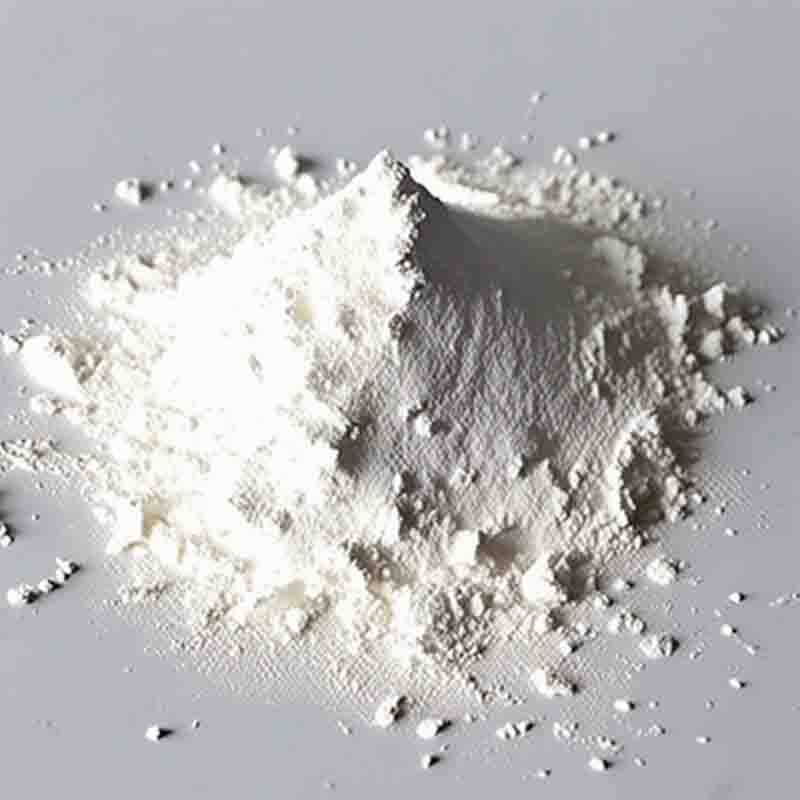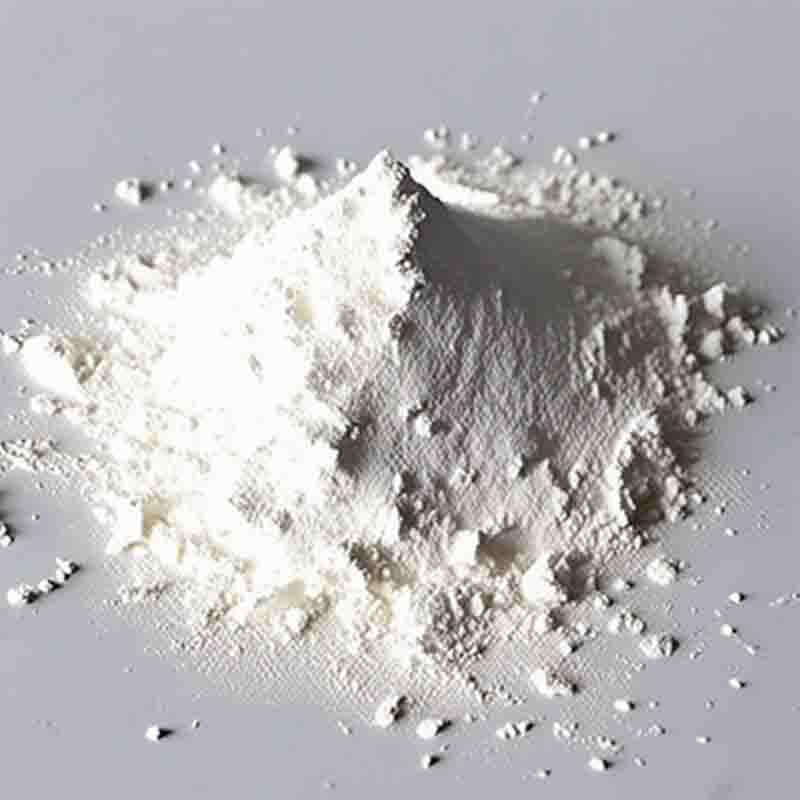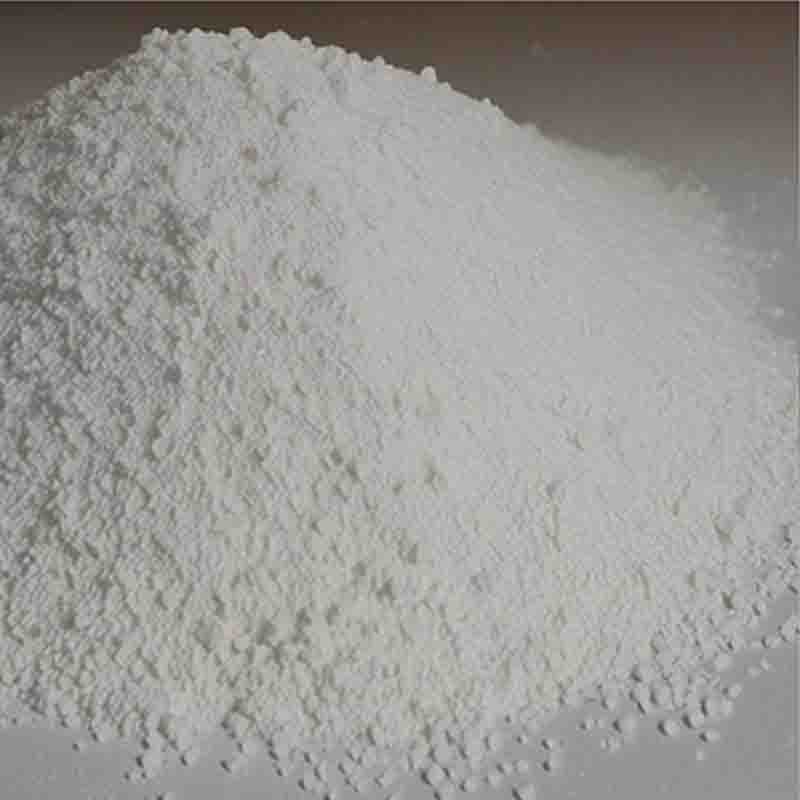4-(2,3-Epoxypropoxy)carbazole CAS: 51997-51-4
| Catalog Number | XD94272 |
| Product Name | 4-(2,3-Epoxypropoxy)carbazole |
| CAS | 51997-51-4 |
| Molecular Formula | C15H13NO2 |
| Molecular Weight | 239.27 |
| Storage Details | Ambient |
Product Specification
| Appearance | White powder |
| Assay | 99% min |
4-(2,3-Epoxypropoxy)carbazole is a chemical compound with a variety of uses in different industries. It is primarily utilized in the field of organic electronics, specifically in the development of efficient organic light-emitting diodes (OLEDs).In OLED technology, 4-(2,3-Epoxypropoxy)carbazole serves as a hole transport material (HTM). HTMs are crucial components in OLEDs, responsible for facilitating the flow of positive charge carriers (holes) from the anode to the emissive layer, where light is produced. This compound possesses excellent hole mobility and stability, making it an ideal material for this purpose.OLEDs have gained popularity in recent years due to their high energy efficiency, vibrant colors, and flexibility. They find applications in various electronic devices, including smartphones, televisions, lighting panels, and wearable technology. The use of 4-(2,3-Epoxypropoxy)carbazole as an HTM helps improve the performance and lifetime of OLED devices, contributing to their widespread adoption.Another important use of 4-(2,3-Epoxypropoxy)carbazole is in the synthesis of photoactive materials for solar cells or photovoltaic devices. Solar cells convert sunlight into electricity and require efficient light-absorbing materials to generate electrical current. By incorporating 4-(2,3-Epoxypropoxy)carbazole into the structure of these materials, researchers have been able to enhance their light-harvesting capabilities, leading to improved solar cell efficiency.Additionally, 4-(2,3-Epoxypropoxy)carbazole exhibits interesting electrochemical properties, making it suitable for application in electrochemical devices such as supercapacitors. Supercapacitors are energy storage devices that can store and release electrical energy at a rapid rate. The compound's ability to store charge and withstand multiple charge-discharge cycles makes it a promising candidate for improving the performance of supercapacitors.Overall, 4-(2,3-Epoxypropoxy)carbazole plays a vital role in advancing various technologies, including OLEDs, solar cells, and supercapacitors. Its exceptional hole transport properties, stability, and electrochemical characteristics make it an important component in the development of efficient and sustainable electronic devices. By enabling the production of high-performance OLEDs, enhancing solar cell efficiency, and improving energy storage systems, this compound contributes to the advancement of renewable energy and electronics technologies.


